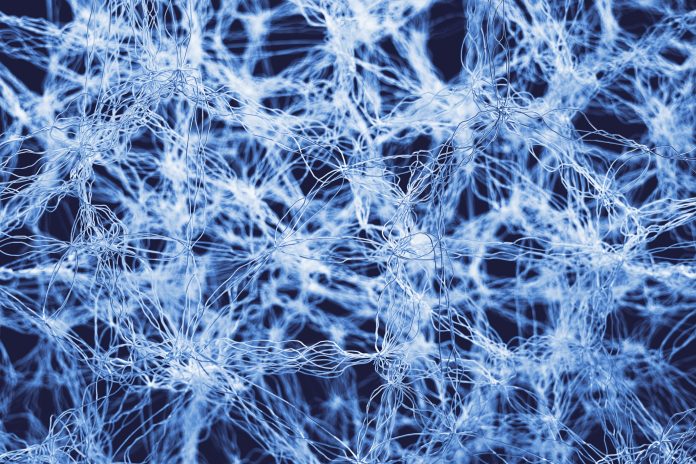Scientists have developed new types of efibers that could revolutionize medical treatments. Made from a biodegradable polymer PLA (plastic) and reinforced with special nanoparticles, these efibers show great promise for use in medical implants, improved healing, reduced infection risk, and a wider range of medical applications
In a new study published in the MDPI Open Access Journal, a team of researchers has developed new biocompatible efibers with antibacterial properties by incorporating magnesium nanoparticles into PLA plastic.
PLA-based efibers: What are these new fibers?
To create the fibers, researchers employed a technique called electrospinning, which generates a network of very thin, high-surface-area threads. They used PLA, a biocompatible and degradable plastic, as the base material. To explore the influence of these inclusions, they incorporated magnesium oxide (MgO) and magnesium hydroxide (Mg(OH)2) nanoparticles in gradually increasing concentrations, ranging from 0.5% to 20%.
Better for bone growth
Scientists observed a promising sign for bone repair applications. When soaked in a solution mimicking human body fluids, the efibers facilitated the formation of hydroxyapatite crystals. This mineral, particularly the type found in bone with a specific carbonate content, plays a crucial role in bone structure. The increased presence of magnesium nanoparticles appeared to correlate with a higher formation of these crystals, especially after 28 days. This suggests the efibers promote the formation of hydroxyapatite, potentially by providing a suitable nucleation site for crystal growth. This shows that the efibers can support bone growth, making them ideal for use in bone repairs and implants.
Safe absorption within the body
Another key finding of the study is the biodegradability of these PLA-based efibers. This means they can gradually break down and be absorbed safely by the body over time. This is a crucial property for medical implants, as it eliminates the need for a second surgery to remove the implant once it has served its purpose. The presence of nanoparticles further enhances this controlled degradation, allowing for a more predictable breakdown rate and minimizing any potential harm to the body.
Fighting bacteria
These new efibers hold promise not only for bone growth but also for combating infections. Tests against two common bacteria, gram-negative E. coli and gram-positive Staphylococcus aureus, revealed encouraging results. Fibers with higher nanoparticle content displayed significant antibacterial activity, particularly against E. coli, reducing its presence by up to 34%. This suggests the potential for these efibers to prevent infections when used in medical devices, leading to improved patient outcomes.
Why is this important?
By preventing infections, these advanced efibers could revolutionize medical treatments. Infection prevention can significantly reduce post-surgical complications and implant rejection, ultimately leading to faster healing and improved patient well-being. Additionally, the biocompatibility and potential versatility of these PLA-based efibers suggest a wider range of applications beyond bone repair. They could potentially be used as wound dressings, tissue engineering scaffolds, or even advanced sutures.
Looking ahead: Creating new medical materials
This research paves the way for significant advancements in medical materials. While further investigation, including in vivo studies, is necessary before widespread clinical use, the findings highlight the immense potential of these new PLA-based efibers for promoting safe and effective medical treatments in the future.











